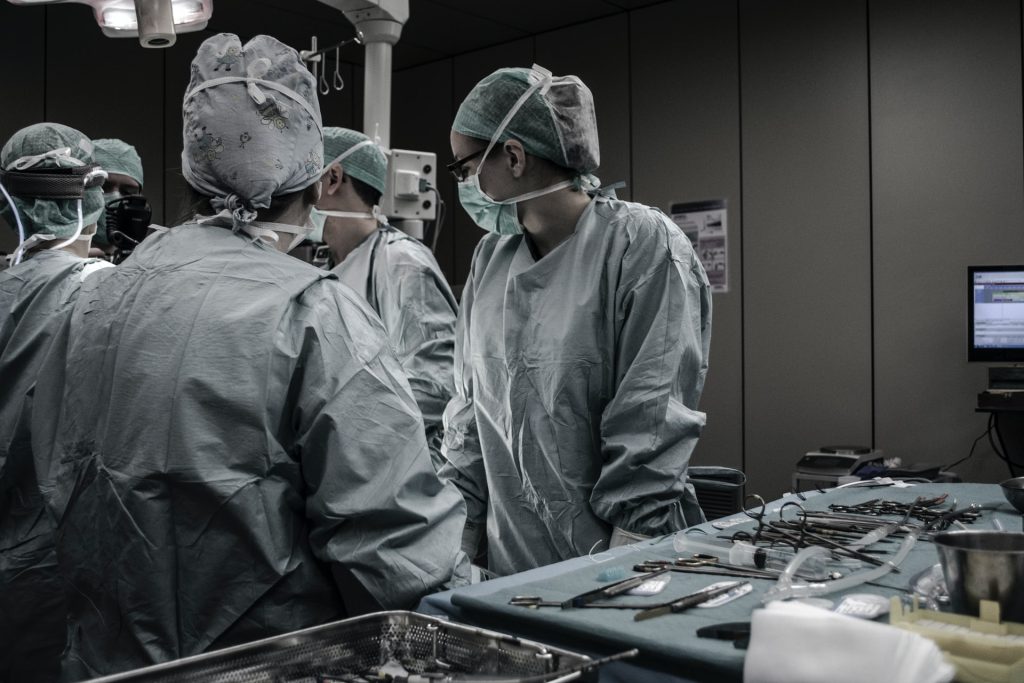SA Heart Congress Unites Cardiologists for Better Care

The SA Heart Annual Congress will take place from 8–10 November at the Sandton Convention Centre, Johannesburg. The three-day Congress, themed ‘Cardiology Connections,’ will promote collaboration and dialogue among local and international Cardiology professionals. The congress offers a unique platform for experts, practitioners, and researchers worldwide to share insights on the latest advancements and challenges in cardiovascular medicine.
The dynamic programme includes keynote speeches, panel discussions, workshops, and networking sessions. The agenda covers a comprehensive range of cardiology topics, designed to provide practical knowledge and inspire innovation in the field. Attendees will gain critical insights into the latest developments that have the potential to enhance patient care.
“We are excited to welcome a distinguished international and local faculty,” says Dr Ahmed Vachiat, SA Heart Congress Convenor. “At the core of SA Heart is the mission to advance cardiovascular care through education, research, and advocacy. By connecting healthcare professionals from across sectors, this Congress will drive forward our vision of improving cardiovascular care for all in South Africa. We are also grateful for the invaluable support of our local experts, whose contributions consistently uphold international standards of excellence.”
A significant focus this year is strengthening connections among various special interest groups, including the Society of Cardiovascular Interventions (SASCI), Cardiovascular Imaging Society of South Africa (CISSA), Cardiovascular Arrhythmia Society of South Africa (CASSA), Heart Failure Association of South Africa (HEFFSA), Intervention Society of Cardiovascular Allied Professionals (ISCAP), South African Society of Cardiovascular Research (SASCAR), and the Paediatric Society of Cardiology (PCSSA).
Joint sessions and interdisciplinary programmes will enable these groups to work together to enhance healthcare delivery for all patients in need of cardiac intervention and treatment. Workshops and scientific sessions will feature innovative learning approaches aimed at facilitating knowledge exchange and professional growth.
A cardiovascular team from the Mayo Clinic – Prof Vuyi Nkomo (Imaging Cardiologist), Prof Sorin Pislaru (Chair, Structural Heart Disease), and Dr Juan Crestanello (Chair, Cardiothoracic Surgery) – will conduct an echocardiography workshop and contribute to various specialist workshops on Friday morning, November 8th.
Dr Thomas Alexander, a respected interventional cardiologist based in India, will share insights on establishing STEMI networks in South Africa. Prof Stylianos Pyxaras from Germany and Dr Andrew Ludwiniec from the UK will discuss chronic total occlusions and complex coronary interventions. Prof Azfar Zaman and Prof Roy Gardner also from the UK and leaders in their field, as well as Prof Thierry Lefevre from France, will join esteemed local experts in addressing important cardiovascular topics.
A new addition to this year’s programme is the Imbizo on Rheumatology and Cardiac diseases. Over 40 Abstracts have been submitted and research sessions guided by SASCAR will be keeping delegates up to date with the latest in the field of Cardiology.
In addition, an excellent parallel paediatric programme will feature global leaders, Prof Krishna Kumar, from India and Prof McDaniel from the USA, with a pre-congress workshop and highly interactive sessions that will incorporate insights from local experts.
“This year, a Heartbeat Stage will feature insightful talks, engaging presentations, and a special networking address,” says Dr Vachiat. “We are honoured to have Dr Imtiaz Sooliman from Gift of the Givers, who will share his thoughts on ‘Connecting Hearts and Social Responsibility’.”
For more information, visit SA Heart.



